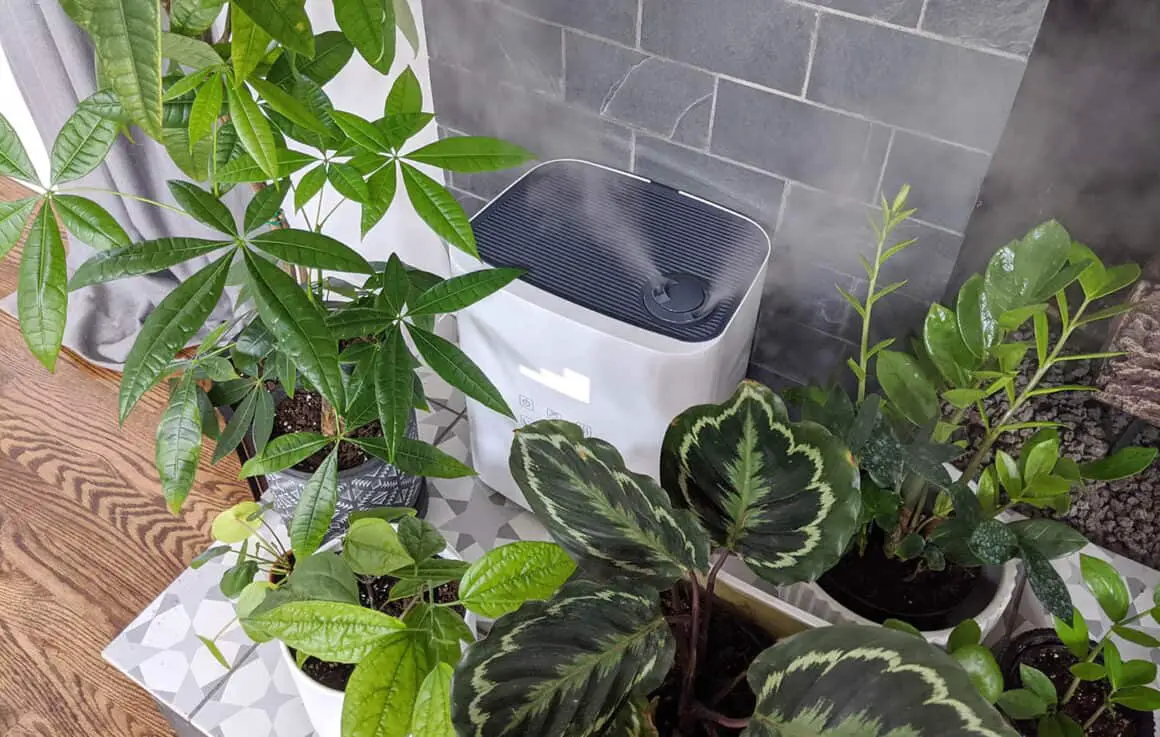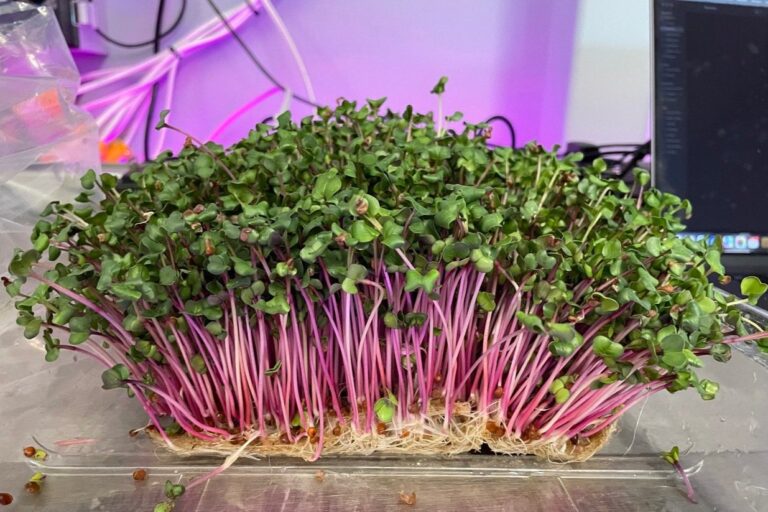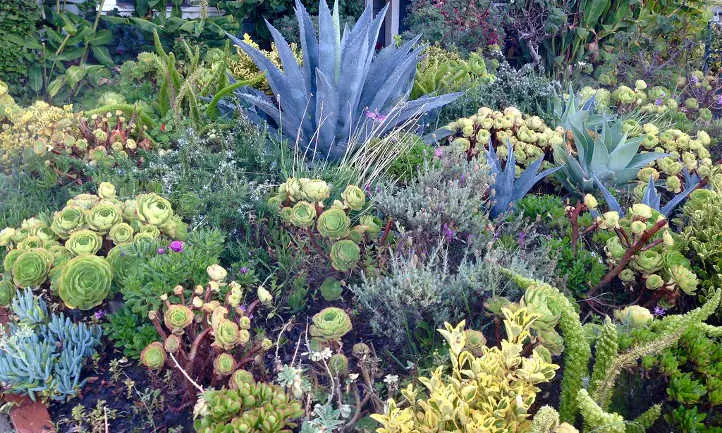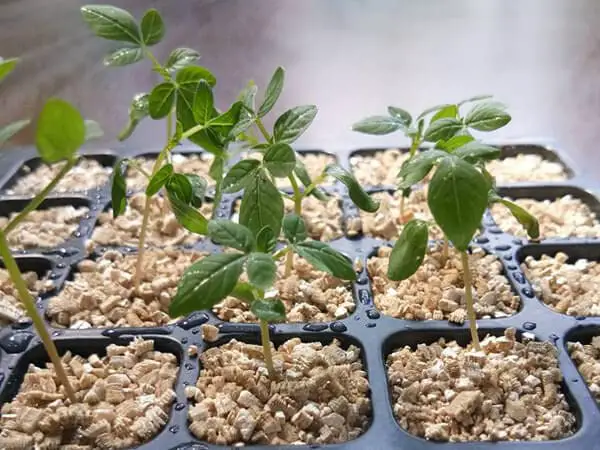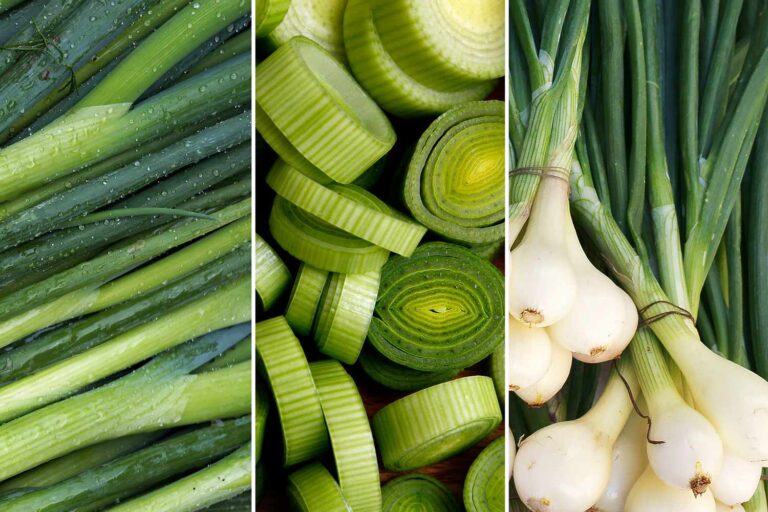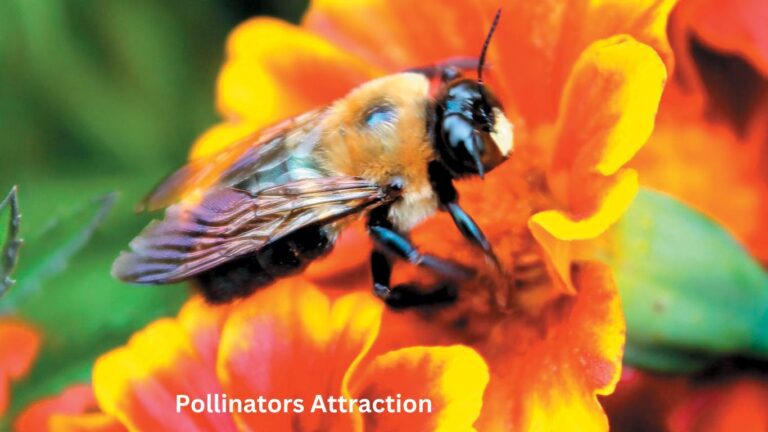Plant Humidifiers: The 7 Best Ones for Your Indoor Plants
Welcome to the world of indoor gardening, where every leaf tells a story of care and nurture. Have you ever wondered why some indoor plants thrive while others wither away? The answer might be in the air. Plant humidifiers are the unsung heroes of indoor gardening, ensuring that your leafy friends bask in the perfect environment. In this guide, we unveil the seven best plant humidifiers that will turn your home into a botanical paradise.
From sleek designs to advanced technology, these humidifiers promise to elevate your indoor gardening game. So, whether you’re a seasoned green thumb or just starting your plant journey, buckle up for a humidity-packed adventure!
Table of Contents
The Benefits of Using Plant Humidifiers for Indoor Plants
Indoor plants not only enhance the aesthetics of our living spaces but also provide numerous benefits for our overall well-being. One way to ensure their health and vitality is by using plant humidifiers. These devices release a controlled amount of moisture into the air, creating an ideal environment for plants to thrive.
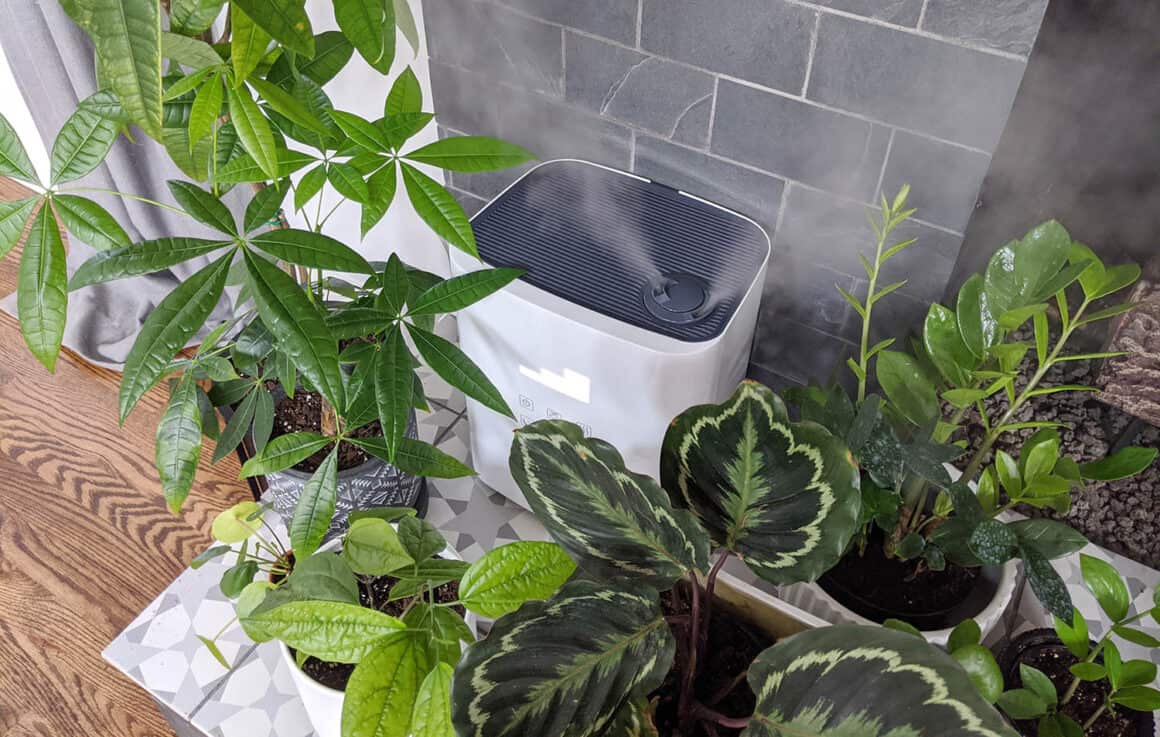
Understanding the Importance of Proper Humidity
Indoor plants, especially tropical varieties, thrive in environments with higher humidity levels. However, our homes and offices often have dry air, particularly during winter when heating systems are in use.
How Plant Humidifiers Help
Plant humidifiers add moisture to the air, replicating the conditions found in plants’ natural habitats. This helps prevent plant stress, promotes healthy growth, and reduces issues like leaf browning and drooping.
Benefits for You
Plant humidifiers not only benefit plants but also improve indoor air quality. By increasing humidity levels, they reduce dryness of the skin, eyes, and respiratory system. This can alleviate symptoms of allergies and respiratory conditions such as asthma.
Creating a Harmonious Environment
Incorporating plant humidifiers into your indoor gardening routine creates a harmonious environment that benefits both plants and humans alike. It’s a win-win situation for greenery and well-being.
Different Types of Plant Humidifiers and their Features
Ultrasonic Plant Humidifiers are one of the most popular types of humidifiers for indoor plants. These humidifiers work by producing ultrasonic vibrations that break water down into tiny particles, creating a fine mist that is then dispersed into the air. This mist increases the humidity levels in the surrounding environment, benefiting the plants by providing them with the moisture they need.
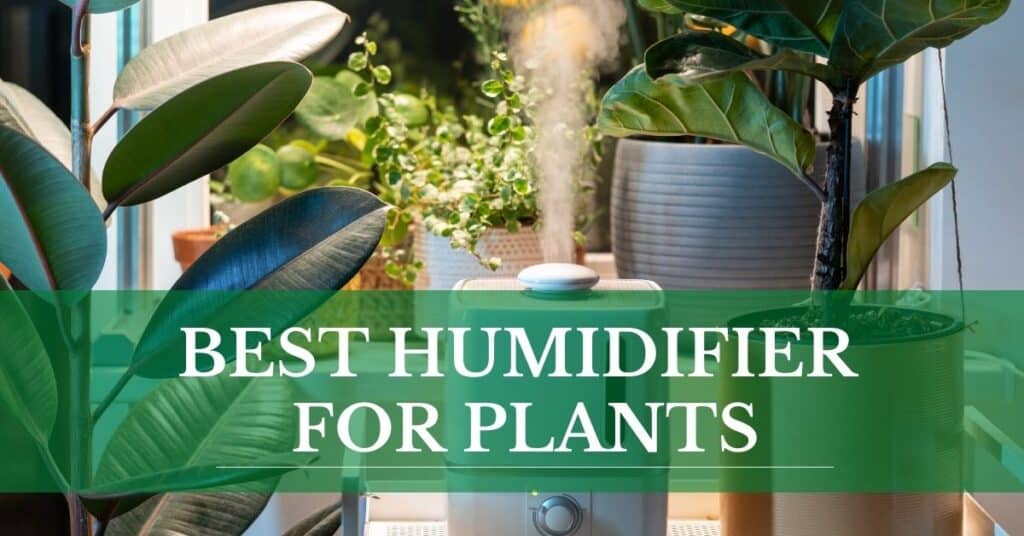
Ultrasonic Plant Humidifiers
- Efficient Humidification of Large Areas: Ultrasonic humidifiers are effective at humidifying large areas, making them suitable for larger spaces.
- Quiet Operation: They are known for their quiet operation, making them ideal for use in bedrooms or living spaces where noise can be a concern.
- Adjustable Mist Settings: Ultrasonic humidifiers often come with adjustable mist settings, allowing you to regulate the humidity levels according to the specific requirements of your plants.
Evaporative Plant Humidifiers
- Energy Efficiency: Evaporative humidifiers do not require electricity to produce mist, making them energy-efficient.
- Low Maintenance: They are relatively low maintenance and do not produce any white dust, which can be a concern with some other types of humidifiers.
- Effective Humidification in Smaller Spaces: While they may not be as effective at humidifying larger spaces compared to ultrasonic humidifiers, they are still suitable for smaller areas.
These points highlight the key differences between ultrasonic and evaporative humidifiers for plants, helping you choose the best option for your specific needs.
Key Features to Look for in a Plant Humidifier for Indoor Plants
When selecting a plant humidifier for your indoor plants, there are several key features that you should consider to ensure optimal plant health and growth.
Capacity Matters
- The capacity of a humidifier refers to the amount of water it can hold and how long it can operate before needing a refill.
- Consistent humidity levels are crucial for plants, so choose a humidifier with a capacity that suits the ssize of your indoor garden.
Adjustable Mist Output
- Look for humidifiers with adjustable mist output to control the level of moisture released.
- Different plants have varying humidity requirements, so the ability to customize humidity levels is essential.
- Models with adjustable mist settings allow you to cater to the specific needs of your plants.
Built-in Humidity Sensors
- Some humidifiers feature built-in humidity sensors that measure moisture levels in the air.
- These sensors automatically adjust the mist output based on the detected humidity levels.
- They provide convenience and ensure optimal humidity levels for your plants without manual intervention.
Ease of Maintenance
- Choose a plant humidifier that is easy to maintain and clean to ensure the health of your plants.
- Look for models with removable water tanks and accessible parts for thorough cleaning.
- Consider humidifiers with filter replacements for clean and pure mist production, preventing the buildup of mineral deposits and mold.
Overall, selecting a plant humidifier with a suitable capacity, adjustable mist output, and easy maintenance features will contribute to creating a healthy and thriving indoor garden. By prioritizing these key features, you can provide your plants with the ideal environment for growth and ensure their long-term health.
The table below shows the key features to look for in a plant humidifier for indoor plants
| Key Feature | Importance | Considerations |
| Capacity | Essential for consistent humidity levels | Choose a capacity that suits your indoor garden size. |
| Adjustable Mist Output | Vital for customizing humidity based on plant needs | Look for models with adjustable mist settings. |
| Humidity Sensors | Convenient for automatic adjustment of mist output | Consider models with built-in humidity sensors. |
| Easy Maintenance and Cleaning | Critical to prevent mineral deposits and mold buildup | Opt for humidifiers with removable tanks and parts. |
| Filter Replacements | Ensures clean and pure mist production | Check for models with replaceable filters. |
Top Considerations for Selecting the Best Plant Humidifier for Your Indoor Plants
Selecting the best plant humidifier for your indoor plants is an important decision that can greatly impact their overall health and growth. With so many options available in the market, it can be overwhelming to choose the right one. However, by considering a few key factors, you can make a well-informed decision that suits your specific needs.

Determining the Suitable Humidifier Size and Capacity
- Match the Humidifier to the Room Size: Choose a humidifier that is rated for the square footage of the area where your plants are located to ensure even moisture distribution.
- Consider the Number of Plants: The size of the humidifier should also be based on the number of plants you have to ensure they receive the necessary humidity.
Choosing the Right Type of Humidifier
- Ultrasonic Humidifiers: Produce a fine mist using high-frequency vibrations, ideal for small rooms and quiet operation.
- Evaporative Humidifiers: Use a fan to evaporate water, effective for large rooms and energy-efficient.
- Cool Mist Humidifiers: Suitable for temperature-sensitive plants and ideal for hot, dry summers.
- Warm Mist Humidifiers: Better suited for environments requiring elevated temperatures, but may be more expensive to operate.
Additional Considerations
- Placement: Place the humidifier at least three to four feet away from your plants to avoid unintentional moisture buildup.
- Hygrometer: Use a hygrometer to measure the room humidity and ensure the desired levels are maintained, especially during winter when heating systems can dry out the air.
- Type of Water: Use distilled or purified water in the humidifier to prevent mineral buildup and potential harm to your plants.
These points help you select the best humidifier for your indoor plants based on their specific needs and your environment.
Ultrasonic Plant Humidifiers: Advantages and Disadvantages
Ultrasonic plant humidifiers have become increasingly popular among indoor gardeners due to their numerous advantages.

dvantages of Ultrasonic Plant Humidifiers
- Efficient Moisture Distribution: Ultrasonic humidifiers produce a fine mist of water vapor, ensuring thorough moisture distribution to all parts of the plant, including leaves and roots.
- Silent Operation: They operate silently, making them suitable for use in bedrooms, offices, or other noise-sensitive areas.
- Energy-Efficient: Ultrasonic humidifiers consume less energy compared to other types, making them cost-effective in the long run.
- Adjustable Settings: Many ultrasonic humidifiers come with adjustable settings, allowing gardeners to control humidity levels based on specific plant needs.
Disadvantages of Ultrasonic Plant Humidifiers
- Mineral Buildup: One drawback is the potential for mineral buildup in the water reservoir and misting mechanism, leading to the release of white dust into the air.
- Over-Humidification Risk: There’s a risk of over-humidification if humidity levels become too high, which can promote mold and mildew growth, harmful to plant health.
- Maintenance Required: Regular cleaning and maintenance are necessary to mitigate mineral buildup and ensure proper functioning.
I recently purchased the Ultrasonic Plant Humidifier, and it’s been a game-changer for my indoor plants. The quiet operation is a huge plus, especially since I have it running in my living room where I spend most of my time. The adjustable mist levels allow me to customize the humidity based on the needs of different plants, ensuring they thrive in their environment.
The large water capacity means I don’t have to constantly refill it, which is convenient. Plus, the automatic shut-off feature gives me peace of mind knowing it won’t run dry and potentially damage my plants. Cleaning is a breeze thanks to the filterless design, although I do have to stay on top of it to prevent mineral buildup.
Overall, I’m really impressed with this humidifier. It’s made a noticeable difference in the health and vitality of my plants, and I would highly recommend it to any plant parent looking to create the perfect indoor environment for their greenery.
- Ultrasonic Technology: Provides quiet operation, perfect for indoor use.
- Large Capacity: Holds a generous amount of water, reducing the need for frequent refills.
- Adjustable Mist Levels: Allows customization based on plant needs and humidity levels.
- Automatic Shut-Off: Ensures safety and prevents damage when water runs out.
- Easy to Clean: Filterless design simplifies maintenance and reduces hassle.
- Fragile Design: Some users reported issues with durability and fragility.
- Limited Coverage: May not adequately humidify larger spaces or multiple plants.
- Water Residue: Requires regular cleaning to prevent mineral buildup and ensure optimal performance.
- No Humidity Control: Lacks a built-in hygrometer for monitoring humidity levels.
- Initial Setup: Some users found initial setup and assembly to be slightly challenging.
Evaporative Plant Humidifiers: How They Work and Their Benefits

- Effective and Popular Choice: Evaporative plant humidifiers are a popular choice for maintaining optimal humidity levels for indoor plants due to their effectiveness and natural operation.
- Working Principle: They work by drawing in dry air and passing it through a moistened filter or wick, which then evaporates the water into the surrounding air, adding moisture to the environment and increasing humidity levels.
- Key Benefits:
- Natural and Consistent Humidity Control: Evaporative humidifiers provide natural and consistent humidity control by not relying on heat or ultrasonic vibrations to disperse moisture, resulting in a gentle and steady stream of moist air.
- Less Likely to Over-Humidify: This natural process reduces the risk of over-humidification, which can be detrimental to plants.
- Less Risk of Mold and Bacteria Growth: Evaporative humidifiers are less likely to promote the growth of mold or bacteria compared to other types of humidifiers.
- Silent Operation: They operate silently, making them suitable for use in bedrooms or quiet spaces.
- Energy Efficiency: Evaporative humidifiers consume less energy compared to other types of humidifiers, making them an energy-efficient option for plant lovers.
These points highlight the advantages of evaporative plant humidifiers, which make them a popular choice for maintaining optimal humidity levels for indoor plants.
Cool Mist Plant Humidifiers: Ideal for Temperature-Sensitive Plants
Cool mist plant humidifiers are an ideal choice for indoor gardeners who have temperature-sensitive plants. These plants thrive in specific temperature ranges and can suffer from stress or damage if exposed to extremes. Cool mist humidifiers provide a gentle and refreshing mist that can help maintain optimal humidity levels without raising the ambient temperature.

- Cooling Effect: Cool mist plant humidifiers have the unique ability to cool the surrounding air while dispersing moisture, creating a comfortable microclimate for temperature-sensitive plants.
- Ideal for Cooler Environments: This cooling effect is especially beneficial for plants that prefer a cooler environment, ensuring they thrive in optimal conditions.
- Adjustable Settings: Many cool mist humidifiers come with adjustable settings, allowing you to customize mist intensity and duration according to your plants’ needs.
- Precision Humidity Control: This flexibility ensures optimal humidity levels without over-saturating the soil or foliage, promoting healthy growth.
- Effective Solution: With their ability to cool the air and deliver a fine mist, cool mist plant humidifiers offer an effective solution for maintaining the ideal growing conditions for temperature-sensitive plants.
Warm Mist Plant Humidifiers: The Pros and Cons
Warm mist plant humidifiers can be a valuable addition to your indoor garden, providing several benefits for your plants.

Advantages of Warm Mist Humidifiers for Plants
- Increase Humidity Levels: Warm mist humidifiers can help increase the humidity level in your growing environment, which is particularly beneficial for plants that thrive in tropical or subtropical conditions.
- Improve Air Quality: The warm mist produced by these humidifiers can help eliminate bacteria and other airborne pathogens that can negatively affect the health of your plants.
- Reduce Static Electricity: Warm mist humidifiers can also help reduce static electricity in the air, which can be harmful to sensitive plants.
Drawbacks of Warm Mist Humidifiers for Plants
- Risk of Burning or Scorching: Direct contact with the warm mist can cause burning or scorching of plants, especially delicate or temperature-sensitive ones.
- Higher Energy Consumption: Warm mist humidifiers tend to consume more energy compared to other types of plant humidifiers, resulting in higher energy bills.
Considerations for Using Warm Mist Humidifiers
- Careful Placement: Warm mist humidifiers should be placed carefully to avoid direct contact with plants and ensure even mist distribution.
- Energy Efficiency: Consider the energy efficiency of the humidifier and balance it with the benefits it provides to your plants.
These points highlight the advantages and drawbacks of using warm mist humidifiers for plants, emphasizing the importance of careful consideration before investing in this type of humidifier for your indoor garden.
Portable Plant Humidifiers: Convenient Options for Different Spaces
- Convenient Mobility: Portable plant humidifiers offer convenient options for providing moisture to indoor plants in different spaces.
- Versatile Usage: These compact devices are designed to be easily moved around, allowing you to adjust humidity levels in various rooms or areas of your home or office.
- Flexibility: Whether you have a small apartment, a large living room, or a dedicated plant room, portable plant humidifiers offer flexibility and versatility.
- Targeted Humidity Control: You can easily place portable humidifiers near your plants, whether on a windowsill, table, or shelf, ensuring targeted humidity control without affecting surrounding areas.
- Adjustable Settings: Many portable plant humidifiers come with adjustable settings, allowing you to customize humidity levels based on the specific needs of your plants.
Whether you have moisture-loving tropical plants or desert succulents, a portable plant humidifier can provide the ideal level of humidity to support their growth and overall health.
Whole House Plant Humidifiers: Effective Solutions for Large Indoor Gardens
Whole house plant humidifiers are an effective solution for large indoor gardens as they provide optimum humidity levels throughout the entire space.

Wide Coverage Area
- Designed to moisturize the air in a wide range of square footage, ensuring all plants receive necessary humidity.
- Ideal for large spaces like commercial greenhouses, indoor botanic gardens, or residential gardens with many plants.
Even Moisture Distribution
- Evenly distribute moisture in a large area, preventing dry spots or uneven humidity levels.
Adjustable Settings
- Come with adjustable settings to control humidity levels based on specific plant needs.
Automatic Humidity Monitoring
- Built-in sensors or hygrometers monitor humidity levels and automatically adjust output to maintain a consistent environment.
- Beneficial for large indoor gardens where manual monitoring may not be feasible.
Promotes Plant Health
- Ensures every plant receives ideal humidity, promoting healthy growth.
- Prevents issues like dryness or excessive moisture that can harm plants.
These features make whole house plant humidifiers a valuable investment for maintaining optimal humidity in large indoor gardens and greenhouses, allowing plants to thrive without the need for constant manual adjustments.
I recently installed the Aprilaire Whole House Plant Humidifier, and it’s been a game-changer for my indoor plants. Before, I struggled to maintain the right humidity levels, especially during the dry winter months. But now, with this humidifier, my plants are thriving. It evenly distributes moisture throughout my entire home, ensuring that even the plants in the farthest corners get the humidity they need.
Plus, the adjustable settings allow me to customize the humidity levels based on the needs of different plant species. It was a bit of an investment upfront, but considering the benefits it brings to my plants’ health and growth, it’s definitely worth it. Installation was straightforward, and I haven’t had any issues with maintenance so far. Overall, I’m extremely satisfied with this humidifier, and I highly recommend it to any plant lover looking to create the perfect environment for their green friends.
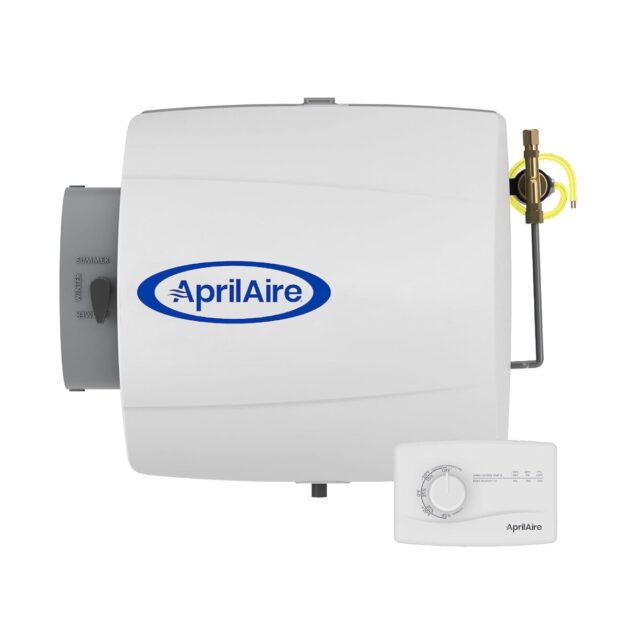
✅ Easy installation and maintenance
✅ Adjustable humidity levels
✅ Works with all types of heating systems
❌ Higher upfront cost compared to smaller humidifiers
❌ May increase energy consumption
DIY Plant Humidifiers: Creative Alternatives for Budget-Friendly Plant Care
DIY plant humidifiers can be a great option for those looking for budget-friendly ways to care for their indoor plants. These creative alternatives offer a simple and inexpensive solution to provide the necessary moisture for your plants.
DIY Plant Humidifier Options
- Water Tray Method: Place a tray filled with water near your plants. As the water evaporates, it increases humidity levels around the plants, benefiting those that prefer higher humidity, such as tropical houseplants.
- Homemade Bottle Humidifier: Create a simple bottle humidifier by filling a plastic bottle with water and poking a few holes in the cap. Place the bottle upside down in the soil, ensuring the holes face the plant. As water drips out gradually, it helps maintain consistent humidity levels. Remember to check and refill the bottle regularly for a steady moisture supply.
- Cost-Efficient Solutions: These DIY options are effective and budget-friendly alternatives for plant enthusiasts. They provide a convenient way to increase humidity levels without the need for expensive equipment.
Factors to Evaluate before Purchasing a Plant Humidifier
When considering purchasing a plant humidifier, there are several important factors to evaluate.
- Assess Size and Coverage Area: Determine the size of your indoor garden or specific area where you’ll use the humidifier to ensure it can adequately humidify the space. Choose a humidifier with the capacity and coverage area suitable for your plant collection.
- Consider Plant Requirements: Different plants have varying humidity needs. Select a humidifier that aligns with the specific requirements of your plants. For example, temperature-sensitive plants may benefit from cool mist humidifiers, while others may require warm mist options.
- Evaluate Noise Level: Assess the noise level of the humidifier, especially if placing it in a living space or quiet area. Some humidifiers operate silently, while others may produce noticeable noise. Choose one that aligns with your preferences and minimizes potential disturbances.
- Understand Plant Needs: Understanding the specific needs of your plants ensures you choose a humidifier that promotes optimal growth and health. Consider factors such as temperature sensitivity and humidity requirements when selecting the most suitable option.
- Make an Informed Decision: By carefully considering these factors, you can make an informed decision when purchasing a plant humidifier that meets your requirements and provides optimal conditions for the healthy growth of your indoor plants.
The following table shows about the key point for choosing your plant humidifier:
| Factor | Importance | Considerations |
| Size of Indoor Garden/Area | Crucial for determining humidifier capacity | Assess the size of your indoor space to choose a humidifier with sufficient capacity and coverage. |
| Plant Types and Humidity Requirements | Essential to meet specific plant needs | Understand the humidity requirements of your plants; choose a humidifier that aligns with these needs. |
| Type of Humidifier | Depends on plant and personal preferences | Consider whether your plants benefit more from cool mist or warm mist humidifiers. |
| Noise Level | Important for placement in living spaces | Evaluate the noise level to ensure it aligns with your preferences, especially in quiet environments. |
| Ease of Maintenance | Affects long-term usability | Choose a humidifier with easy-to-clean and maintain features to ensure continued efficient operation. |
Common Mistakes to Avoid when Using Plant Humidifiers
Using plant humidifiers can greatly benefit indoor plants, but it’s important to avoid common mistakes to ensure optimal plant health and growth.
over-humidifying
One common mistake is over-humidifying. While plants require a certain level of humidity, excessive moisture in the air can create an environment that promotes the growth of mold, fungus, and pests. It’s crucial to monitor and adjust the humidity levels according to the specific needs of the plants in your care.
neglecting regular maintenance and cleaning
Another mistake to avoid is neglecting regular maintenance and cleaning of the plant humidifier. Over time, mineral deposits and bacteria can accumulate in the humidifier, compromising its functionality and potentially contaminating the air and plants. It’s recommended to follow the manufacturer’s instructions for cleaning and maintaining the humidifier, ensuring that it remains in top condition.
By avoiding these common mistakes, you can maximize the benefits of using plant humidifiers and provide a healthy environment for your indoor plants to thrive.
Maintaining and Cleaning Your Plant Humidifier for Longevity
When it comes to maintaining and cleaning your plant humidifier, a few simple steps can go a long way in prolonging its lifespan and ensuring optimal performance. Regular maintenance not only keeps your humidifier running efficiently, but it also prevents the buildup of mold, bacteria, and mineral deposits that can negatively impact the health of your plants.
Learn more about Plant Humidifiers in the following video:
FAQ
How often should I clean my plant humidifier?
It is recommended to clean your plant humidifier at least once a week to prevent the buildup of bacteria and mold.
What cleaning solution should I use to clean my plant humidifier?
You can use a mixture of equal parts water and white vinegar as a natural and effective cleaning solution for your plant humidifier.
Can I use bleach to clean my plant humidifier?
It is not recommended to use bleach to clean your plant humidifier as it can leave behind harmful residue and potentially damage the device.
How should I clean the water tank of my plant humidifier?
To clean the water tank, you can fill it with the cleaning solution, let it sit for a few minutes, and then scrub it gently with a brush. Rinse it thoroughly with water before refilling.
Do I need to clean the misting nozzle of my plant humidifier?
Yes, it is important to clean the misting nozzle regularly to prevent blockages. You can use a small brush or a cotton swab dipped in the cleaning solution to clean the nozzle.
Can I use tap water in my plant humidifier?
It is recommended to use distilled or filtered water in your plant humidifier to prevent mineral buildup and prolong its lifespan. Tap water may contain impurities that can clog the device.
How do I maintain the filter of my plant humidifier?
If your plant humidifier has a filter, it is important to follow the manufacturer’s instructions for cleaning or replacing it. Regular maintenance of the filter ensures optimal performance.
Should I empty the water tank of my plant humidifier when not in use?
Yes, it is advisable to empty the water tank of your plant humidifier if you are not using it for an extended period. This helps prevent the growth of bacteria and mold.
Can I use essential oils in my plant humidifier?
Some plant humidifiers are compatible with essential oils, but it is important to check the manufacturer’s instructions. Not all humidifiers are designed to disperse essential oils, as they can clog the system.
How can I prevent mineral buildup in my plant humidifier?
To prevent mineral buildup, you can use distilled or filtered water in your plant humidifier. Additionally, regular cleaning and descaling can help remove any existing mineral deposits.

Studied Agricultural Engineering-Plant Protection at University of California, Davis.
Head of Content writing team at Southelmontehydroponics.com

